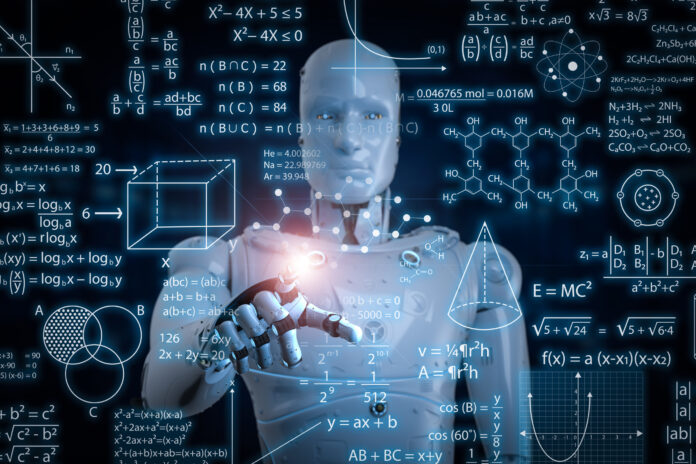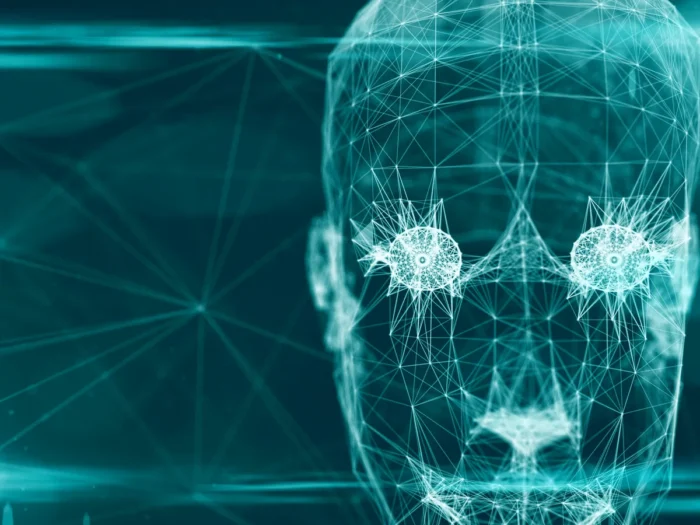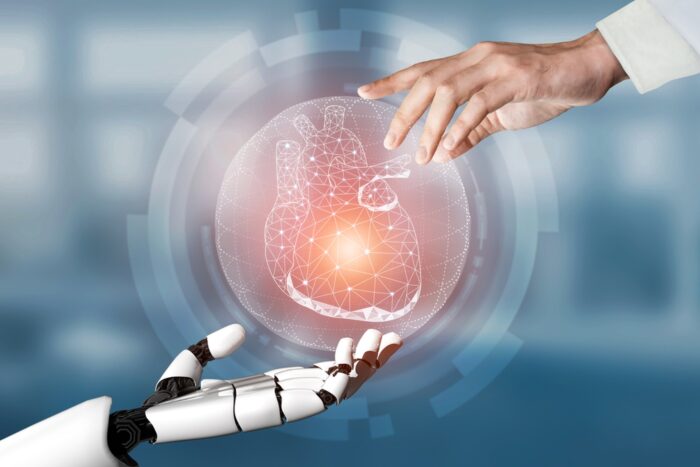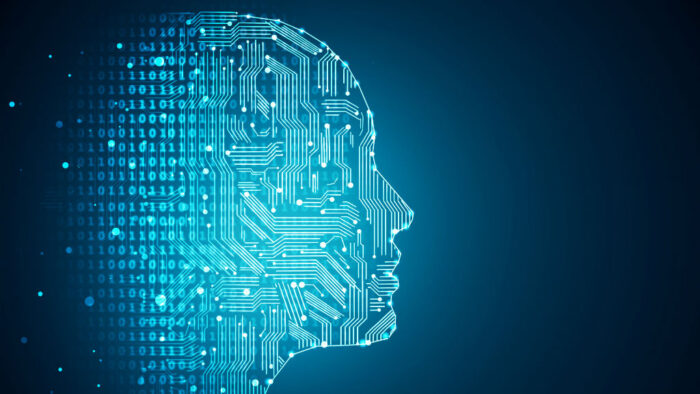
The scientific method is one of the most fundamental and important principles in all of academia. It’s a process that allows us to collect data, analyze it, and form conclusions based on that analysis. But what if there was a way to do all of that without human involvement? That’s where artificial intelligence (AI) and machine learning come in. These technologies are already changing the way we do research, and they will only continue to do so in the future.
How can AI and ML be used to solve problems?
Machine learning is a subset of artificial intelligence that helps computers “learn” on their own by analyzing large data sets. This technique is gaining traction in the scientific community because it can speed up the process of acquiring new knowledge. ML enables AI to automatically improve and evolve its methods based on data. This process of discovery is known as “learning from data.” Scientists can then use these improved methods to solve problems that have been difficult for human beings to solve.
A machine learning algorithm can be used to identify patterns in data. It can then use these patterns to make predictions about future events or outcomes. By doing this, machine learning can help scientists draw insights that they would not be able to otherwise find.
The application of ML is not limited to scientific research. Businesses are also benefitting from its capabilities. For example, Amazon uses machine learning algorithms to recommend products to customers. These algorithms are constantly being updated and improved in order to better suit the customer’s needs.
Types of ML

There are several different types of machine learning, each with its own advantages and disadvantages. The most common type is supervised learning, which uses labeled data sets to train the computer. Unsupervised learning algorithms don’t have any accompanying data sets; they rely on the assumption that the phenomenon being studied will occur more often in certain groups of instances than in others.
Machine learning in science
Machine learning in science is an evolving and rapidly growing field. It promises to improve the accuracy and speed of scientific research by automatically recognizing patterns and making predictions. This technology is already being used in a variety of fields, including astronomy, biology, chemistry, economics, engineering, genetics, and medicine.
The basic idea is that we can train a computer to learn from data without having to explicitly program the computer how to do so. With ML, computers can “learn” on their own by analyzing large sets of data until they figure out patterns that are hidden within them.
The benefits of using ML in science are three-fold:
1. ML can help researchers find patterns in data that they would never be able to see or detect manually. By detecting complex correlations and relationships between variables, machine learning algorithms can help researchers make discoveries that they would not have otherwise made.
2. Algorithms are often faster than traditional methods when it comes to analyzing data. As machine learning gets better at recognizing patterns, it will become even faster at processing data.
3. Machine learning algorithms are also often more accurate than traditional methods when it comes to predicting outcomes based on given datasets. Because they learn from data rather than being programmed with specific rules, machine learning algorithms are less likely to make mistakes or produce results that are biased or incorrect due to personal bias or inaccurate information.
Despite the many benefits of using machine learning in science, there are still some challenges that researchers must overcome in order to make this technology work best for them. One major challenge is that machine learning algorithms are not always infallible. Sometimes they will make mistakes and produce erroneous predictions. Researchers must be careful not to rely too heavily on machine learning algorithms and instead use them as supplementary tools alongside more traditional methods.
Another challenge is that machine learning algorithms often require large amounts of data in order to learn effectively. As research into this technology continues, it is likely that scientists will eventually be able to use machine learning algorithms on a much larger scale than currently exists. This would allow them to collect even more data and improve the accuracy and speed of their research even further. Visit DuonaoTV to read more about AI in science.
AI and Reproducibility

As AI and machine learning become more sophisticated, they are likely to transform the scientific method. One potential consequence is that research will become less reproducible. In the current scientific system, a researcher can be confident that their results are reproducible if they can produce a similar result in repeated trials. However, with increasingly powerful AI and machine learning tools, it could be difficult to ensure that a particular finding is reproducible.
For instance, suppose you are trying to train a machine-learning model to identify terrorist threats. If the training data contains errors, then the model may be biased in its predictions. It may be difficult to determine which data points were responsible for causing the bias, so it may be hard to reproduce the findings. This type of problem is known as “the curse of dimensionality” and has been cited as a reason why machine learning algorithms often perform poorly in practice.
It is possible to circumvent some of these problems by using randomized training sets. However, randomized testing sets are even harder to generate, so they might not be available for all research questions. Furthermore, even if randomized testing sets do exist, it might still be difficult to get them used in practice because researchers often lack access to large enough datasets.
Another potential consequence of AI-driven reproducibility challenges is that researchers might hesitate to publish results that seem uncertain or unpalatable. For example, suppose you are trying to predict whether someone will commit suicide next year. If your results seem to suggest that suicide is a likely outcome, it might be difficult to publish them without further testing.
In this situation, it might be more sensible to publish a weaker result that can be further tested. This type of decision-making could become harder with the rise of AI and machine learning, as researchers may be less confident about the accuracy of their findings.
Overall, there are a number of challenges associated with AI-driven reproducibility. These challenges could lead to decreased confidence in research findings, and they could also discourage researchers from publishing results that seem uncertain or unpalatable.

Conclusion
As artificial intelligence and machine learning become more powerful, they are likely to transform the scientific method. ML can be used in a number of ways, including for automated research and for Deep Learning, which is a type of machine learning that uses neural networks. As ML becomes more widespread, it’s likely that scientists will adopt different methods to verify their findings, as well as to develop new theories. In the long term, this could lead to significant changes in how scientists conduct their work.
















